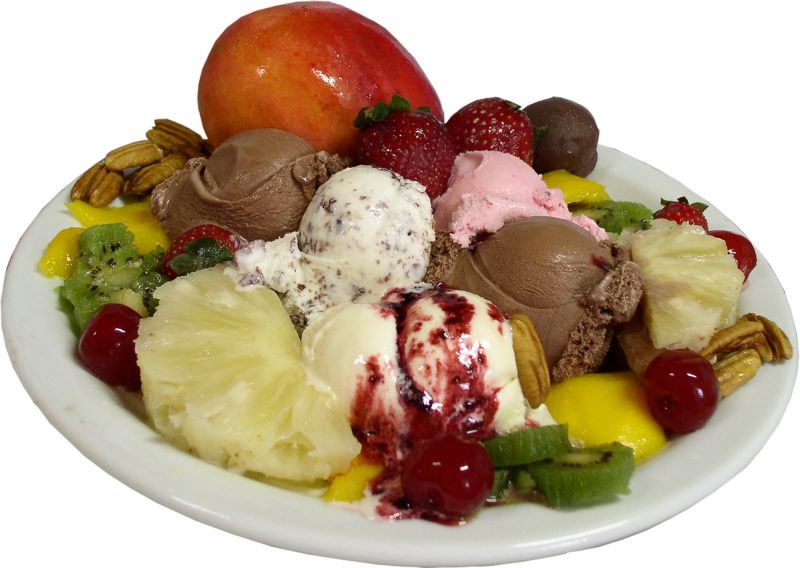Upma Is A Savoury South Indian Delight
Upma is a traditional South Indian dish enjoyed across the country. It is made from semolina, a type of flour, that’s cooked with spices, vegetables, and herbs. This comforting dish is often served for breakfast or as a light meal. Its versatile nature allows for endless variations depending on the region or personal taste.
What is upma?
Upma is primarily made from semolina, which is roasted and then cooked with water, oil, and seasonings. The dish is typically flavored with mustard seeds, curry leaves, and a variety of vegetables like carrots, peas, and onions. The combination of spices and textures creates a delightful, savory dish that is both filling and flavourful.
History of upma
Upma’s origins trace back to Southern India. It was originally a simple meal, easy to prepare and served during the early morning hours. As it gained popularity, it spread to other parts of India, where regional variations developed. Today, upma is a common breakfast item in Indian homes and is often served at hotels and eateries across the country.
Key ingredients in upma
The main ingredient in upma is semolina, also known as rava or suji. Other common ingredients include vegetables like carrots, peas, and potatoes. Spices like mustard seeds, cumin, and green chilies are often added to give upma its signature taste. Finally, a dash of ghee or oil helps to bring out the rich flavors and create a smooth, velvety texture.
Preparation of upma
To prepare upma, the semolina is roasted lightly in a pan until it turns golden brown. Meanwhile, a tempering mixture of mustard seeds, curry leaves, and green chilies is sautéed in oil. Chopped vegetables are then added, followed by water, which is brought to a boil. Once the water boils, the roasted semolina is slowly added while stirring continuously to prevent lumps. The mixture is simmered until it reaches a thick, porridge-like consistency.
Upma in South Indian cuisine
Upma has become an iconic dish in South Indian cuisine. It’s commonly served with chutneys such as coconut chutney, tomato chutney, or sambhar. In many South Indian households, upma is part of a typical breakfast spread. It’s also enjoyed during tea time and as a light dinner option. The dish’s simplicity and ease of preparation make it a go-to choice for busy mornings.
Nutritional benefits
Upma is a good source of carbohydrates, making it an excellent energy-boosting meal. The semolina provides a quick release of energy, keeping you full for longer periods. Vegetables add fiber, vitamins, and minerals to the dish. Additionally, the use of ghee or oil ensures a healthy fat intake. Though high in calories, upma can be made healthier by using less oil or adding more vegetables.
Variations
There are many regional variations of upma, each with its own unique twist. For example, in Karnataka, upma may include grated coconut, while in Maharashtra, it’s sometimes made with a tangy tamarind flavor. In some parts of India, upma is served with a side of curd (yogurt) to balance out the spices. The addition of nuts like cashews or peanuts can also elevate the flavour and texture.
Vegetable upma
Vegetable upma adds a burst of color and nutrition to the dish. By including vegetables such as carrots, beans, peas, and bell peppers, the dish becomes more vibrant and filling. The vegetables also contribute vitamins and minerals that enhance the health benefits of upma. This version is popular among those who want to increase their daily vegetable intake in a flavourful way.
Nuts and raisins
In certain variations of upma, nuts and raisins are added for an extra dimension of texture and flavor. Cashews, almonds, or peanuts provide a crunchy contrast to the soft, fluffy semolina. Raisins bring a touch of sweetness to balance the savory elements of the dish. This variation is especially popular during festive occasions and celebrations.
Quick and easy
The main reason for upma’s widespread popularity is its quick preparation time. It can be made in under 30 minutes, making it a great option for busy mornings. The ingredients are easy to find and usually present in most Indian kitchens. For those who are pressed for time, instant upma mixes are available, making the preparation even faster.
Healthier upma options
While upma can be a healthy meal, there are ways to make it even healthier. For those who are watching their calorie intake, it’s possible to make upma with less oil or ghee. Additionally, using whole wheat semolina or oats instead of refined semolina can increase the fiber content. Adding more vegetables boosts the nutritional value while reducing the need for excessive oil.
Light meal
Upma can also be a great choice for a light meal during lunch or dinner. It’s easy on the stomach and provides a satisfying, wholesome option. If you’re looking for a meal that isn’t too heavy but still filling, upma is a perfect choice. The mild flavors make it a versatile dish that can be paired with a variety of side dishes.
Weight loss
Many people opt for upma as part of a weight-loss plan because it’s filling yet light. The semolina provides energy without making you feel overly full, while the fiber from the vegetables aids digestion. To make it more suitable for weight loss, one can reduce the oil content and opt for a vegetable-heavy version.
Global appeal
While upma originated in South India, it has found a place in homes and restaurants across the globe. The dish is often prepared by the Indian diaspora, making it a staple in many households abroad. Its simplicity and delicious flavors have also made it a popular choice for people from other cultures who enjoy trying diverse cuisines.
Festivals and celebrations
During certain festivals and celebrations, upma takes on a more elaborate form. It may be served as part of a larger spread of dishes or made with additional ingredients to mark special occasions. For instance, during Diwali, upma may be prepared with more ghee, nuts, and dried fruits, making it a more indulgent treat.
Comfort food
Upma has a nostalgic quality for many people. It is often associated with comfort and warmth, especially during chilly mornings or rainy days. The simple ingredients and method of preparation make it a meal that evokes feelings of home and tradition. For many, upma is a go-to comfort food that brings joy and satisfaction.
Serving suggestions
Upma can be served with a variety of sides, depending on personal preferences. Coconut chutney and sambhar are traditional accompaniments. For those who prefer more heat, a side of spicy pickle can be added. Some people enjoy upma with a side of curd (yogurt) to balance the flavors and add creaminess to the dish.
Modern times
In recent years, upma has evolved and adapted to modern cooking trends. Many people experiment with different grains, such as quinoa or millet, as alternatives to semolina. The addition of superfoods like flaxseeds, chia seeds, and avocados is also becoming common. This modern twist on a traditional dish keeps upma relevant in today’s fast-paced world while retaining its authenticity.
Flavourful and filling dish for all occasions
Upma stands out for its simplicity and versatility. It can be tailored to suit various tastes and dietary preferences. Whether made with vegetables, nuts, or oats, upma offers a satisfying meal for breakfast, lunch, or dinner. Its ability to be customized ensures that it remains a popular dish across generations.



